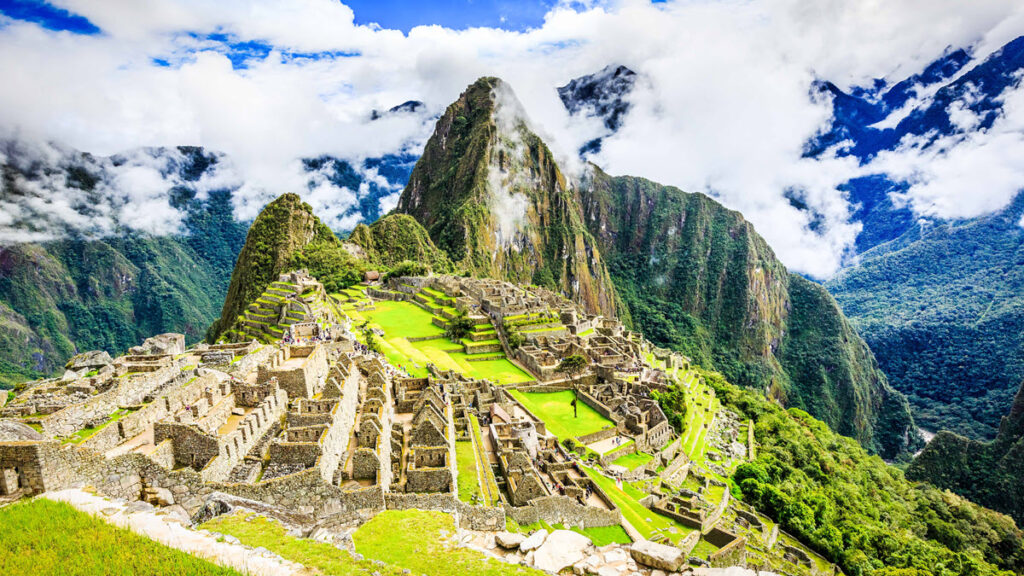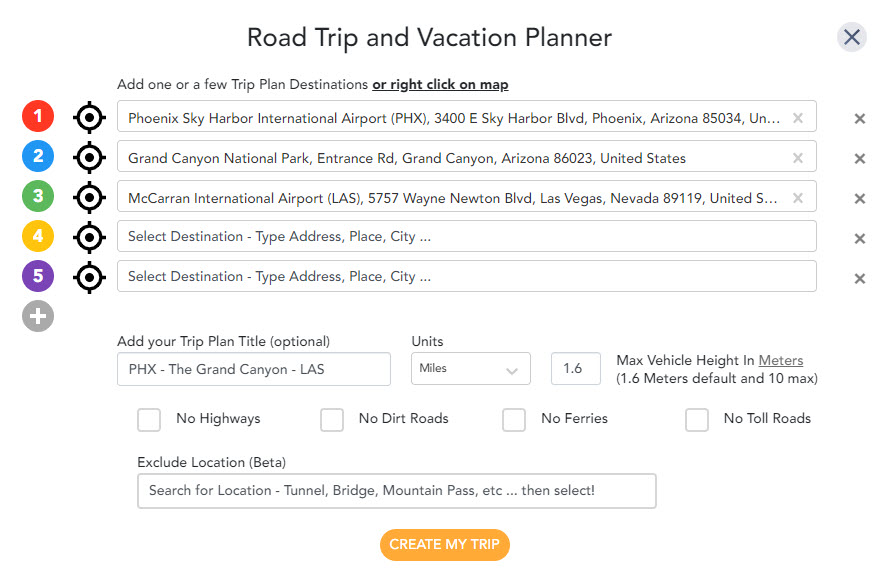
Discover the Splendor of Machu Picchu, Cusco's Historic Marvel
Known as one of the seven modern wonders in the world, Machu Picchu an ancient citadel atop the Andean mountains of Peru, emerges like a haunting mirage. With ruins and remnants of a bygone era, there’s an eerie charm that captivates every wanderer. This UNESCO World Heritage Site draws explorers by promising secrets, enigma, and inspiration. Traces of the Inca civilization adorn every stone, narrating tales of greatness. You might want to embark on the Inca Trail, witness the sunrise, or simply meander through labyrinthine passages. Countless whispers of the past meld with the wind and echo around this historical marvel. Each visit feels unique, fresh, and breathtakingly surreal.
Tourists, adventurers, history enthusiasts – Machu Picchu embraces them all with open arms. To get there, one might hike the famed Inca Trail or board a scenic train that journeys through picturesque landscapes. Along the way, the untamed beauty of the Peruvian countryside unfolds, offering glimpses of lush jungles, rugged cliffs, and exotic flora. Within the site, the Temple of the Sun, the Room of the Three Windows, and the Intihuatana stone are not-to-be-missed spots. Bring curiosity and a thirst for adventure – Machu Picchu delivers wonderment, an unmatched spiritual experience, and photographic memories that linger long after the trip’s conclusion.
Machu Picchu was constructed in the 15th century by the Inca emperor Pachacuti. Known as the Lost City of the Incas, it represents a remarkable archeological site and a symbol of the Inca’s civilization. Abandoned during the Spanish Conquest, its structures, astronomical alignments, and panoramic views make it a significant cultural and historical destination.
Best Time To Visit
- Optimal times of the year to visit Machu Picchu range from May to September when the region experiences dry weather with temperatures between 54°F to 75°F (12°C to 24°C). This is a great time for hiking and exploring without worrying about surprise rainfalls. In contrast, the months from November to March bring the rainy season, with fewer tourist crowds. The weather might be wet, but the landscape is vibrant and lush, giving a completely different view of Machu Picchu with temperatures fluctuating around 45°F to 63°F (7°C to 17°C).
Frequently Asked Questions
- Q: What is the best way to get to Machu Picchu?
- A: You can take a train to Aguas Calientes and then a bus to the site or hike the Inca Trail.
- Q: Can I hike Machu Picchu without a guide?
- A: No, you must have a licensed guide to hike the Inca Trail.
- Q: When is the Inca Trail closed?
- A: The Inca Trail is closed in February for maintenance.
- Q: Is there a limit to daily visitors to Machu Picchu?
- A: Yes, only 2,500 visitors are allowed per day.
- Q: Can I see the sunrise at Machu Picchu?
- A: Yes, arriving early allows you to witness the sunrise over the peaks.
Special things to note include altitude acclimatization, restrictions on bringing in food and plastic bottles, guided tour requirements, and ticketing options. It’s vital to be prepared for the physical demands and respect the sacred nature of the site.
Top Picture: Machu Picchu – Peru’s Cusco Region, | Sorin Colac | Dreamestime
More Travel Inspiration
- Travel Inspiration
- Discover Top White Mountains, New Hampshire Attractions in Autumn
- Best Montpelier, Vermont Things To See and Do in The Fall
- Explore Top Things and Stuff to Do in Santa Monica, California
- Uncover the Best Things to Do in San Diego, California!
- 13 Best Breckenridge Hotels – Downtown, The Peaks & Four O’Clock
- 12 Best Lincoln & Conway, New Hampshire Hotels, Motels & Resorts
- 11 Best Franconia, Littleton, Bretton Woods, NH Inns & Hotels
- Experience Fall Colors on Kancamagus Scenic Highway – New Hampshire
- Stunning Autumn Views at Franconia Notch State Park – New Hampshire
- 12 Best Vail Hotels in Vail Village, Cascade Village & Lionshead
- Great Smoky Mountains National Park: A Nature Lover’s Dream
- Explore Nashville Tennessee: Best Things To Do in Music City
- Camden, Maine: Must-Visit Harbor and Attractions
- Explore Acadia National Park in Bar Harbor, Maine’s Natural Beauty
- Top Things & Attractions In Myrtle Beach, South Carolina
- Best Charleston, South Carolina Activities and Things to Do
- Discover Autumn Color Magic in Woodstock, Vermont
- Stunning Fall Autumn Colors in Stowe, Vermont
- Best Sedona, Arizona Attractions for Your Next Adventure
- Discover the Best of Finger Lakes, New York
- Explore Adirondack Mountains, New York: A Nature Lover’s Paradise
- Discover Pensacola Beach, Florida’s Hidden Gem
- Explore Siesta Key, Florida: Beachfront Fun Awaits!
- La Jolla California: Beach Adventures, Dining, and More
- Experience Laguna Beach, California: Best Beaches and More
- Discover Maroon Bells, Aspen, Colorado: A Must-Visit Destination
- Discover Lake Tahoe: Scenic Beauty in California & Nevada
- Explore, Visit, and See Carmel-by-the-Sea, California
- Discover Napa Valley Attractions, Wineries & Restaurants
- Discover Breathtaking Beaches in the Tropical Atolls – Maldives
- Uncover the Beauty of Oia on Santorini, Greece – Cyclades Islands
- Explore the Majestic South Rim, Grand Canyon – Arizona
- Explore Machu Picchu: The Lost Inca City – Cusco Region
- Explore the Incredible Antelope Canyon – Arizona
- Experience the beauty of Moraine Lake in Alberta’s Banff National Park
- Yellowstone’s Vibrant Heart: Grand Prismatic Spring – Wyoming
- Thea Foss Waterway – Tacoma, Washington
- Kennebunk River – Kennebunkport, Maine
- Long Key Viaduct – Florida Keys Overseas Heritage Trail – Florida
- Hall of Mosses – Olympic National Park – Forks, Washington
- Reflection Lakes – Mount Rainier National Park – Washington
- Jacob Hamblin Arch – Glen Canyon National Recreation Area – Utah
- Camden Harbor – Maine
- Delicate Arch, Arches National Park – Utah
- Ruby Beach, Olympic Peninsula – Washington
- Spa Creek, Annapolis – Maryland
- Picture Lake, Mt. Baker-Snoqualmie National Forest – Washington
Common Links
Pre-built Road Trips
- Add Destinations (up to 25) and unlimited Places
- Add optional Trip Plan Title (one will automatically be created)
- Select the “Create My Trip” button
- Then view and modify the trip for your travel needs






